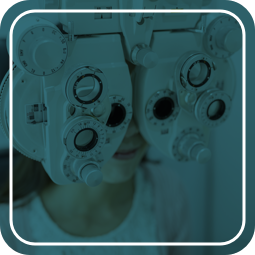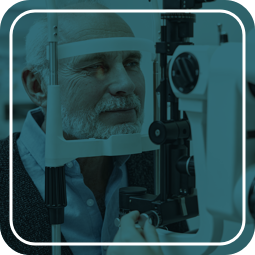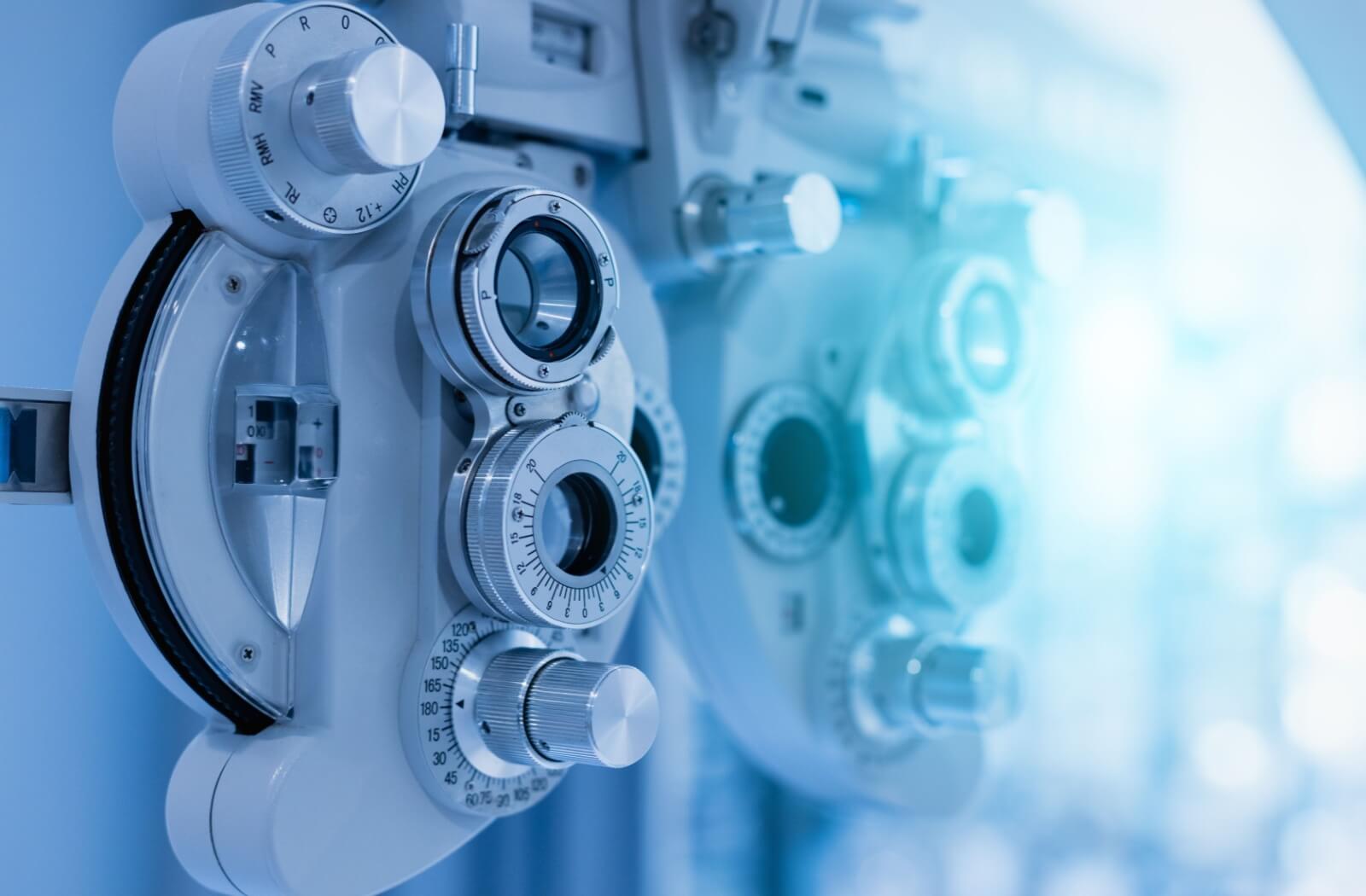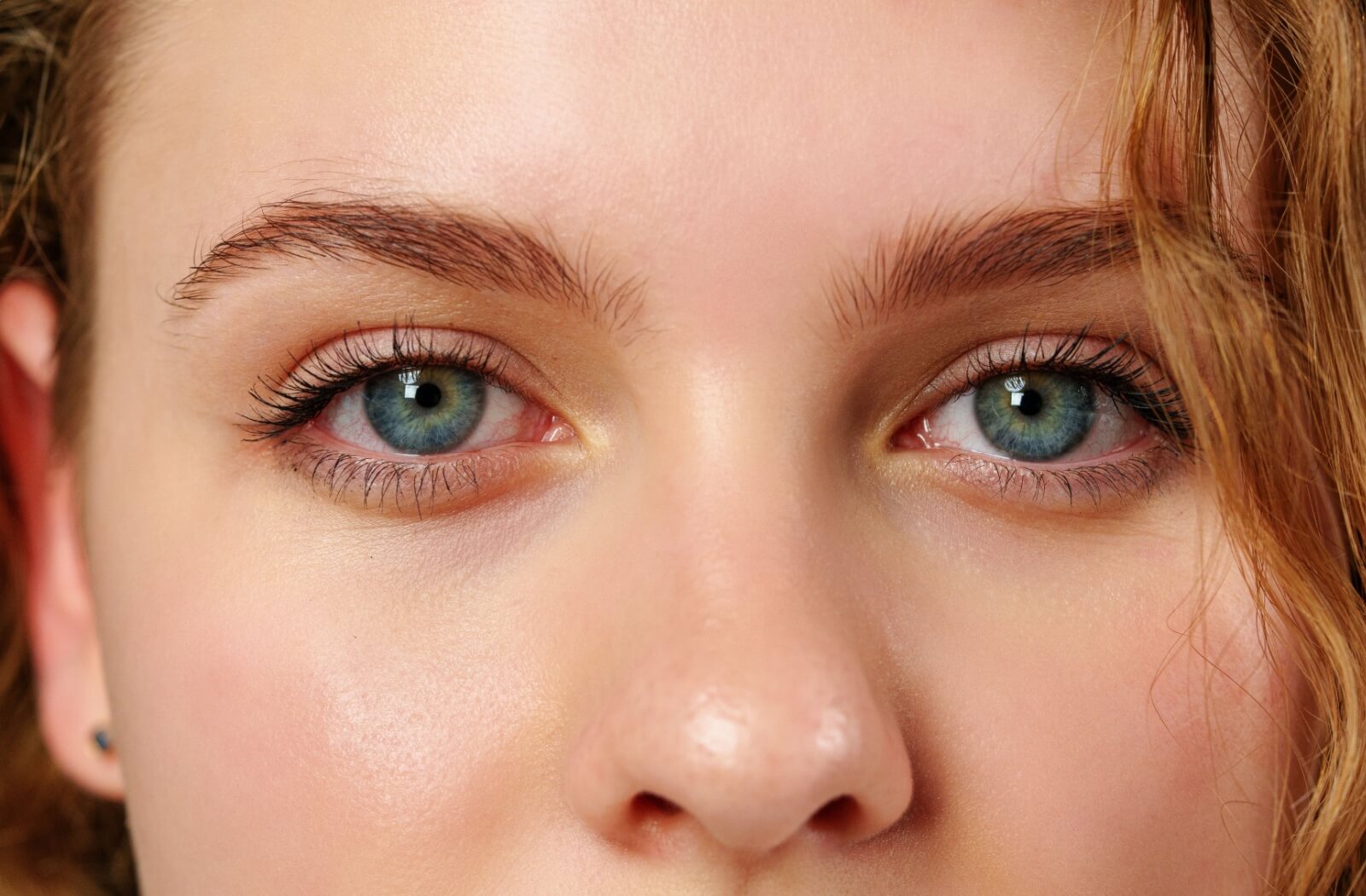Vision problems that leave you seeing floaters or flashes of light may indicate posterior vitreous detachment (PVD). PVD is an eye problem that results from natural changes that occur in the eye.
PVD is prevalent in 24% of patients aged 50–59 years and 87% in patients aged 80–89. If you experience these changes and wear contact lenses, it’s best to consult your optometrist to understand any eye conditions you may have and discuss treatment plans.
What Is PVD?
PVD is a condition where vitreous gel at the back of the eye separates from the retina. The vitreous gel consists of tiny fibres that attach to the retina, but with age, the vitreous gel loses its original shape.
It can shrink and become more fluid and pull away from the retina. PVD usually occurs in both eyes, isn’t painful, and does not lead to vision loss. In some cases, it can cause a retinal tear or detachment.
Symptoms of PVD
In most people with PVD, symptoms include:
- Floaters: These can be in the form of blurry shadows or squiggly lines. There can be a sudden increase in floaters or a cobweb-like floater indicating detachment.
- Flashes: These flashes or streaks of light in your peripheral vision can last for a few seconds or minutes. They are more noticeable in dark, dim lighting.
These symptoms usually occur in the first few weeks of PVD, with no pain associated. Mild symptoms do not affect vision.
However, if there is an increase in floaters, they can obscure vision. Complications such as vitreous hemorrhage and retinal detachment can cause more permanent damage.
If symptoms don’t go away after a few months, a visit to your optometrist can determine if vitreous detachment has caused any serious eye problems. Eye exams can confirm posterior vitreous detachment.
Causes of PVD
Age-related changes and wear and tear of the vitreous gel in the eye lead to PVD. As the vitreous gel shrinks, it pulls away from the retina and no longer fills the entire space of the vitreous cavity.
When PVD progresses gradually, symptoms usually remain mild. If PVD occurs suddenly due to a strong force or detachment concentrated in one area, it can tear the retina or a retinal blood vessel.
The risk of a retinal tear is higher when symptoms first appear. But once vitreous detachment is complete, the risk of a retinal tear decreases.
Risk factors for PVD include:
- Traumatic eye injury
- Diabetes
- Eye surgery such as cataract
- Nearsightedness (myopia)
- Age 50 and over
Contact Lenses and PVD
Wearing contact lenses can be a safe option if you have PVD, but it’s always important to follow your optometrist’s instructions based on your situation and eye health.
Contact lenses do not make floaters or flashes worse with PVD. They are visual aids that sit over the cornea and do not affect or cause damage to the retina.
If you have had treatment or surgery for complications related to PVD, your optometrist can recommend whether it’s safe to wear contact lenses during treatment.
Treatment of PVD
There is no specific treatment for PVD, with symptoms usually subsiding within three months. After a few months, you may not notice the flashes so much, and your brain learns to ignore the floaters.
If symptoms continue and your optometrist has ruled out complications such as a retinal tear or retinal detachment, they may offer treatment options for severe floaters. These can include using a laser to reduce floaters or surgery. It’s rarely advised by the surgeon given the risk of complications for an otherwise non-sight threatening situation.
A vitrectomy surgically removes some or all of the vitreous gel to clear the floaters and replaces it with another solution. It can also be an option to treat severe vitreous hemorrhages and other anomalies such as epiretinal membranes.
If a retinal tear or detachment is found, laser (thermal) retinopexy, cryopexy (freezing the tear), pneumatic retinopexy and scleral buckles are treatment options performed by retinal specialists. Prompt referral by your optometrist to your local retinal specialist is critical when retinal tears or detachments are found.
Eye Exams Are Vital for Ocular Health
Regular eye exams are vital to maintaining vision and protecting your eye health. As a general rule, always visit your optometrist when you notice changes or sudden onset of symptoms in the eye.
There is no treatment for PVD, and little you can do to prevent it as it occurs with age. The good news is that symptoms go away after a few months.
Complications, although rare, can occur from PVD. Routine eye exams through Downtown Eye Care can identify eye conditions in their earliest stages. Invest in your visual health and book an appointment today.















